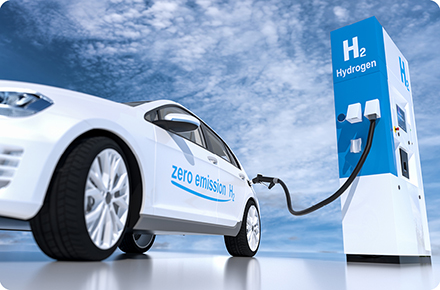Future Mobility: Dumping Fossil Fuels

Webinar on Stainless Steels in the Hydrogen Economy
Our world is changing fast and needs to change fast! Since the use of fossil fuels in vehicles are one of the most significant factors polluting our environment, affecting not only the air we breathe, but also the land and the water we need, solutions must to be found to minimise GHG pollution. Amongst available and developing solutions, green hydrogen is a booming alternative with all the right credentials. Stainless steels will be needed in every step of the production and use of green hydrogen; to produce the hydrogen, to transport and store the hydrogen and in the vehicles that are powered by hydrogen.
Learn about all the options for the use of a fully recyclable, highly corrosion resistant family of materials with cryogenic attributes to effectively support the development of the Hydrogen economy.
For more information, please contact Jo Claes (claes@worldstainless.org).
This webinar has ended. You can watch the recording here.







